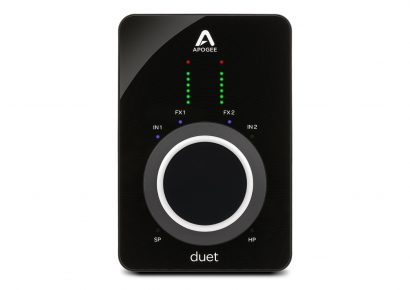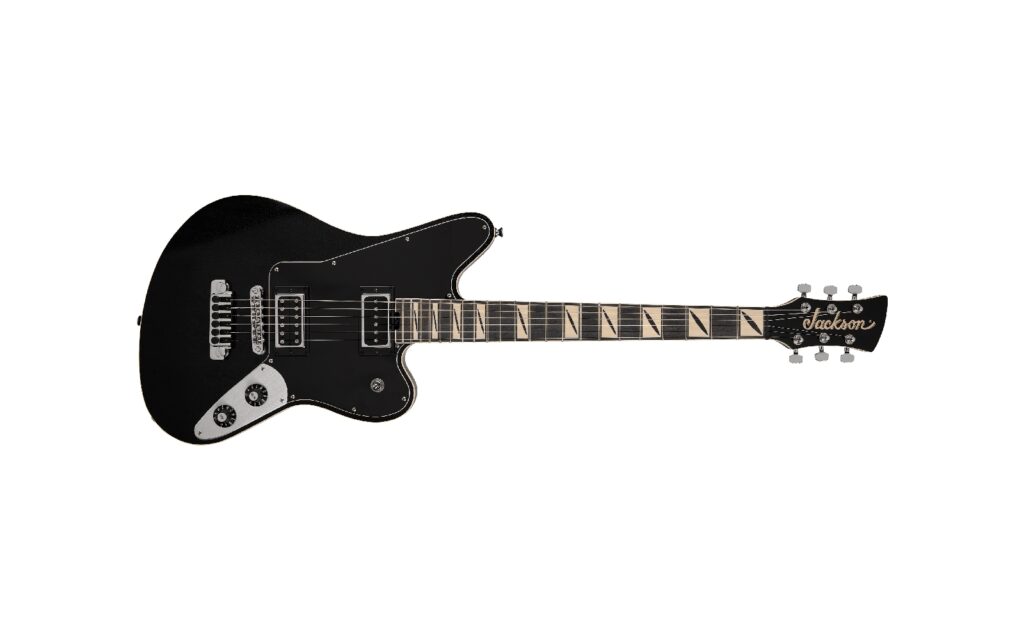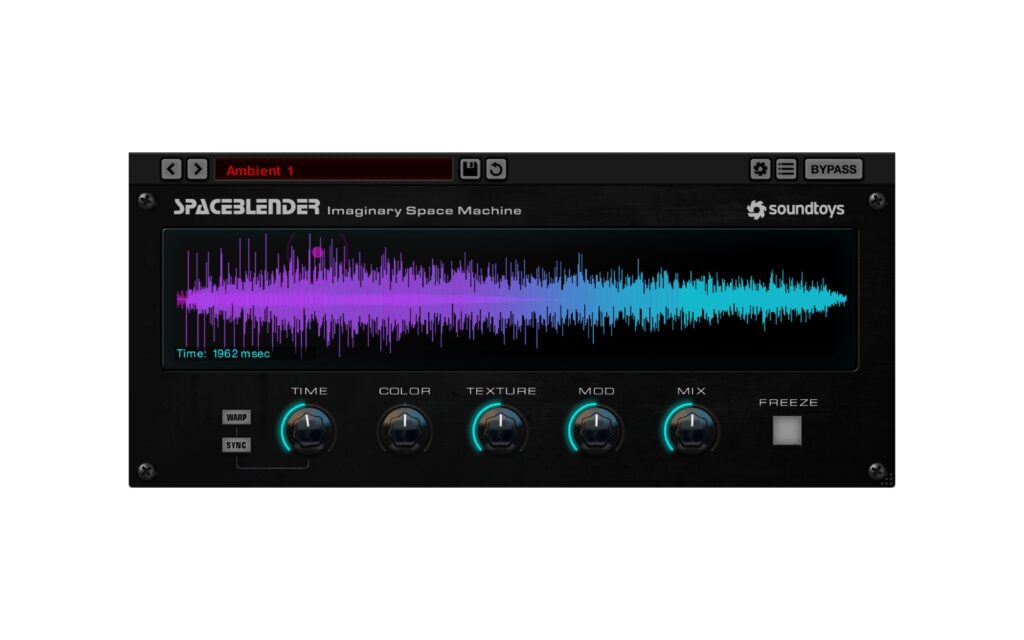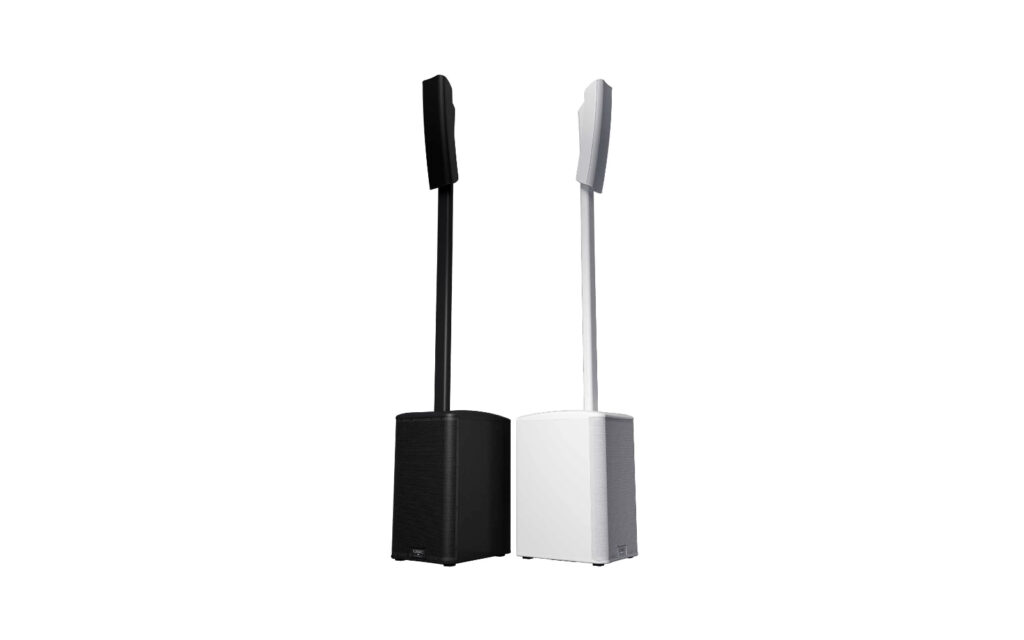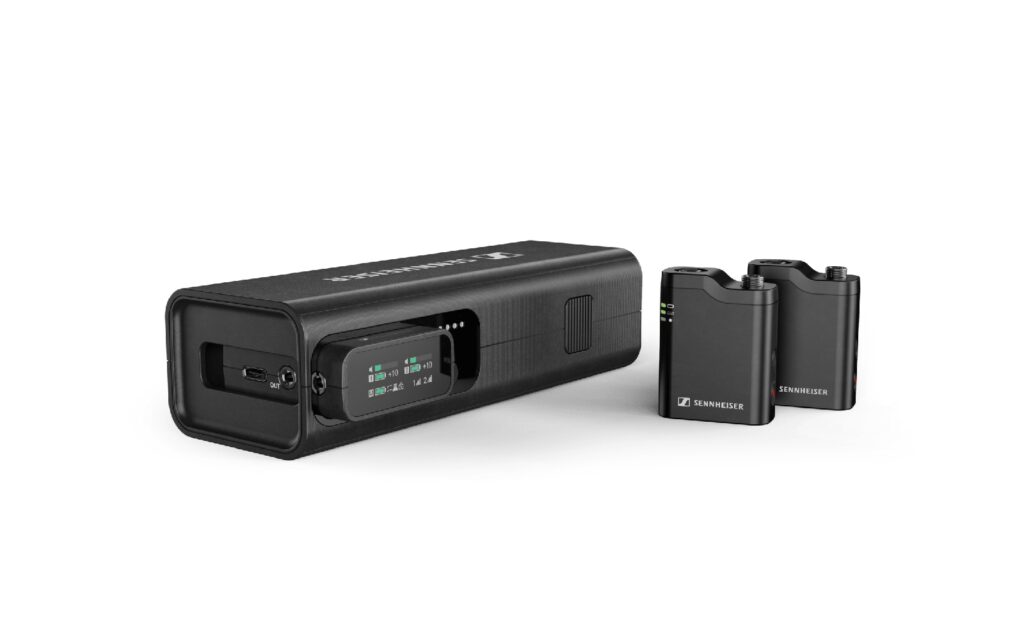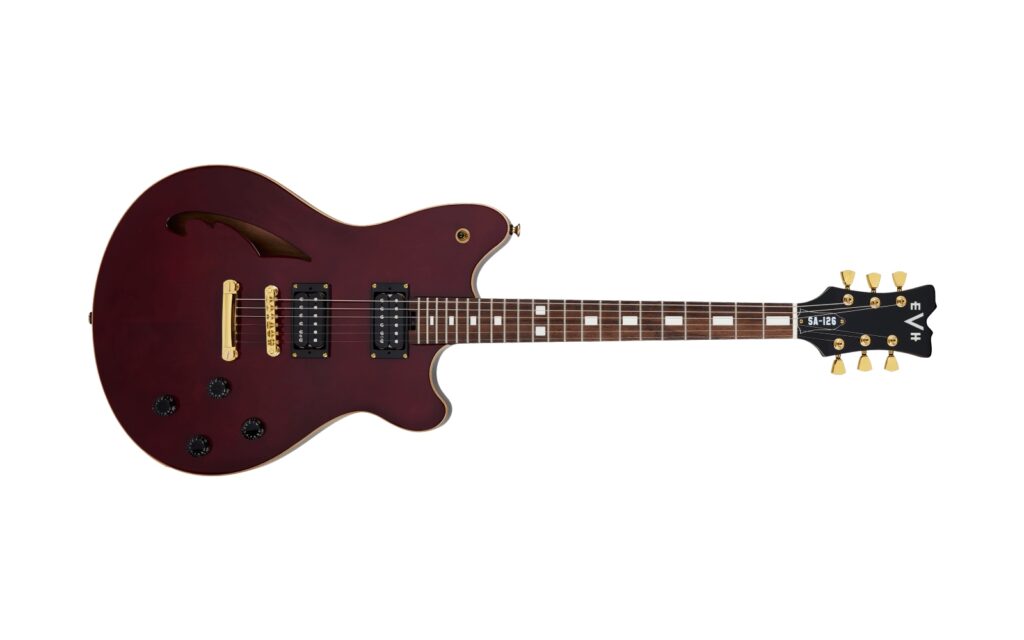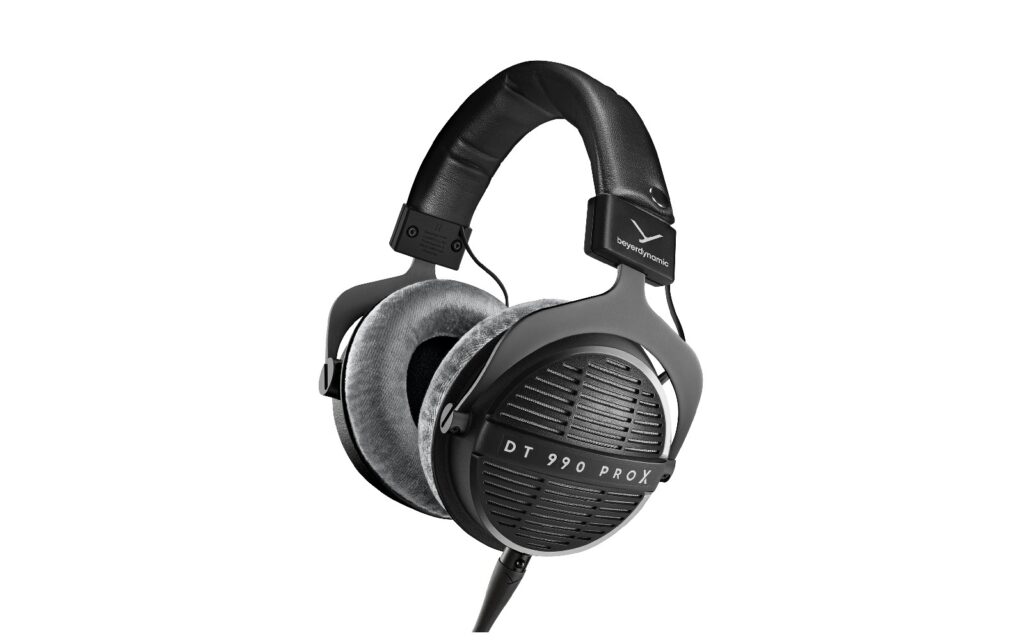Studio Connections | Enquire for pricing
The Tula USB microphone is the semi-new kid on the block that drifts confidently between the pro and domestic sides of the road. Since its release in late 2020 it has been making waves as a decent portable USB microphone that’s excellent for high quality podcasting, music demos, content creation, and conferencing.
Read more product reviews here.
With a fun, sophisticated design and hardware, it’s a step up from the other usual portable USB microphones with a range of features such as noise cancellation, onboard storage, two microphone capsules, and more. It has the option of being either a USB mic or a standalone mobile recorder with 8GB of memory (up to 12 hours). It’s also cute, slick, and eye-catching, which adds to its character as a potential everyday companion. While it wouldn’t be the first choice for industry-standard studio productions, it’s definitely a superior pocket knife at $199 for any content maker that requires both quality and flexibility in their workflow.
The Tula mic is the flagship product of Tula Microphones, founded by David Brown of Soyuz Sounds. Boasting the high-end boutique functionality of Soyuz microphones, the Tula mic itself is the fruit of Russian engineering and Western manufacturing prowess. With Burr-brown op amps and a TI audio codec, it has a frequency response of 50Hz – 20kHz and records WAV format at 16bit 48kHz quality. Its uni and omnidirectional noise capsules make it versatile for use on singular sound sources (podcasting, conferences, studio settings) or the whole environment (band rehearsals, atmos recording, interviewing). Real-time monitoring is enabled via the 3.5mm headphones jack on the side of the capsule, which conveniently doubles up as a lavalier mic input.
When it comes to audio quality, the Tula has an impressive sound with a fairly level midrange, satisfying low end without being ‘boomy’ and an open top-end without being too harsh. If you play it to its strengths the Tula sounds especially good when close-miking in cardioid mode. Here is where you get the most richness out of it, but it may require a pop filter if you’re recording your vocals anywhere closer than four inches to the grille. The omni mode is decent but it doesn’t capture as much body, however it does allow you to move around the mic flexibly when using it to record interviews or a live band rehearsal.
One of the Tula’s best features is its active noise cancellation using the revolutionary Brusfri algorithm from Swedish software company Klevgrand. This comes in handy to block out location noise spill when recording out and about, though it’s best suited to blocking out air conditioners in enclosed environments. This, it does incredibly well, leaving the main sound source uncoloured and isolated, even when the aircon is relatively noisy and under half a metre from the mic. When The Tula records with noise cancellation, it also automatically saves a version of the file without noise cancellation. This comes in handy if you want the choice between both versions in post-production, but it will inevitably chew up more memory as you’re recording. However, its built-in USB-C port allows for quick data offloading to your mac or PC, so when the 8GB of memory fills up it’s easy to free it up again.
When you first pick up the Tula mic you instantly get the feel of its neat, ergonomic usability. It’s a neat little piece of hardware that is compact and handsome in design, fitting snugly in the palm of your hand at 185g. With a USB-C port on the back, a 3.5mm jack and 13 buttons, the capsule manages to pack a lot in a small amount of real estate. Its subtly backlit buttons utilise the side panels, evenly spaced along the smooth, solid silicone. The buttons give it a look and feel that references other portable bluetooth speakers, which is a nice touch to imply its everyday use as a portable recording device. It also has a USB-C rechargeable internal 3.7 V 700 mAh lithium ion battery for standalone use. The desktop stand is designed to fit snugly against the capsule, folding out easily to make a slanted ‘L’ to stand on any flat surface. The stand is also detachable, meaning you can make the quick switcheroo to a boom stand in the studio using the included adapter piece.
Its aesthetics are spunky and modern with its stamped steel, silicone, nickel-plated zinc and plastic parts, built for easy repair and end-of-life recycling. It’s also reminiscent of days bygone, with a soft-curved, flattened cylindrical grille, logo-embossed detailing and sturdy-ish build. The matte bronze-rose coloured zinc plating adds a bit of class with the vintage colour selections of cream, red, black, and seafoam. If you whipped this one out at a Zoom meeting or writing session on the go, it would give the impression of a fun, stylish and intelligent little recorder.
They advertise easy repairability with recyclable parts at the end of the microphone’s lifetime. Taking a step towards more environmentally-friendly measures does make them a smarter business to align yourself with.
All in all, the Tula mic takes an unassuming but solid position in the writing studio, office, or backpack of any content creator, due to its quality and portability. Considering how compact it is, this microphone feels like it’s dipping its toes into many different realms of usability and functionality. This means it’s perfect for people that work and play in that murky in-between. Though it may not have as much recognition in the field, the Tula is a worthy solution for people that just need a little bit of both worlds.
For more information, head to Tula Microphones’ website. For local enquiries, get in touch with Studio Connections.

